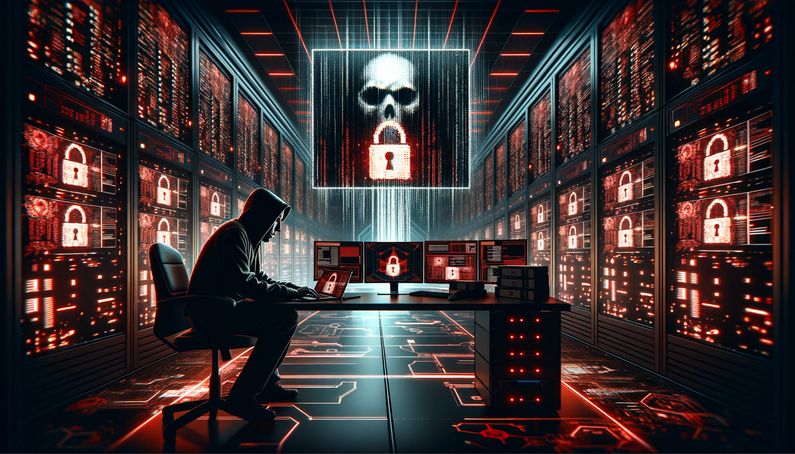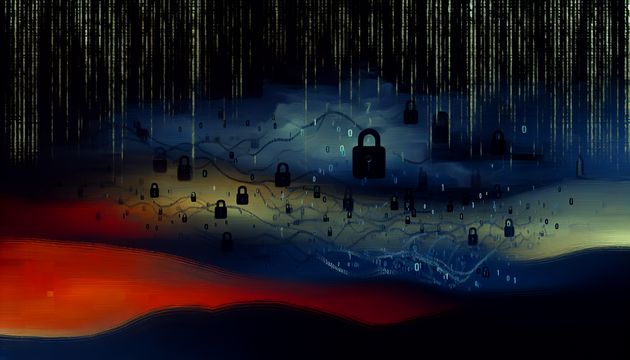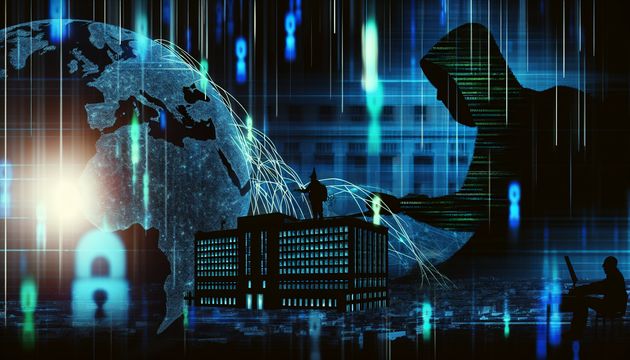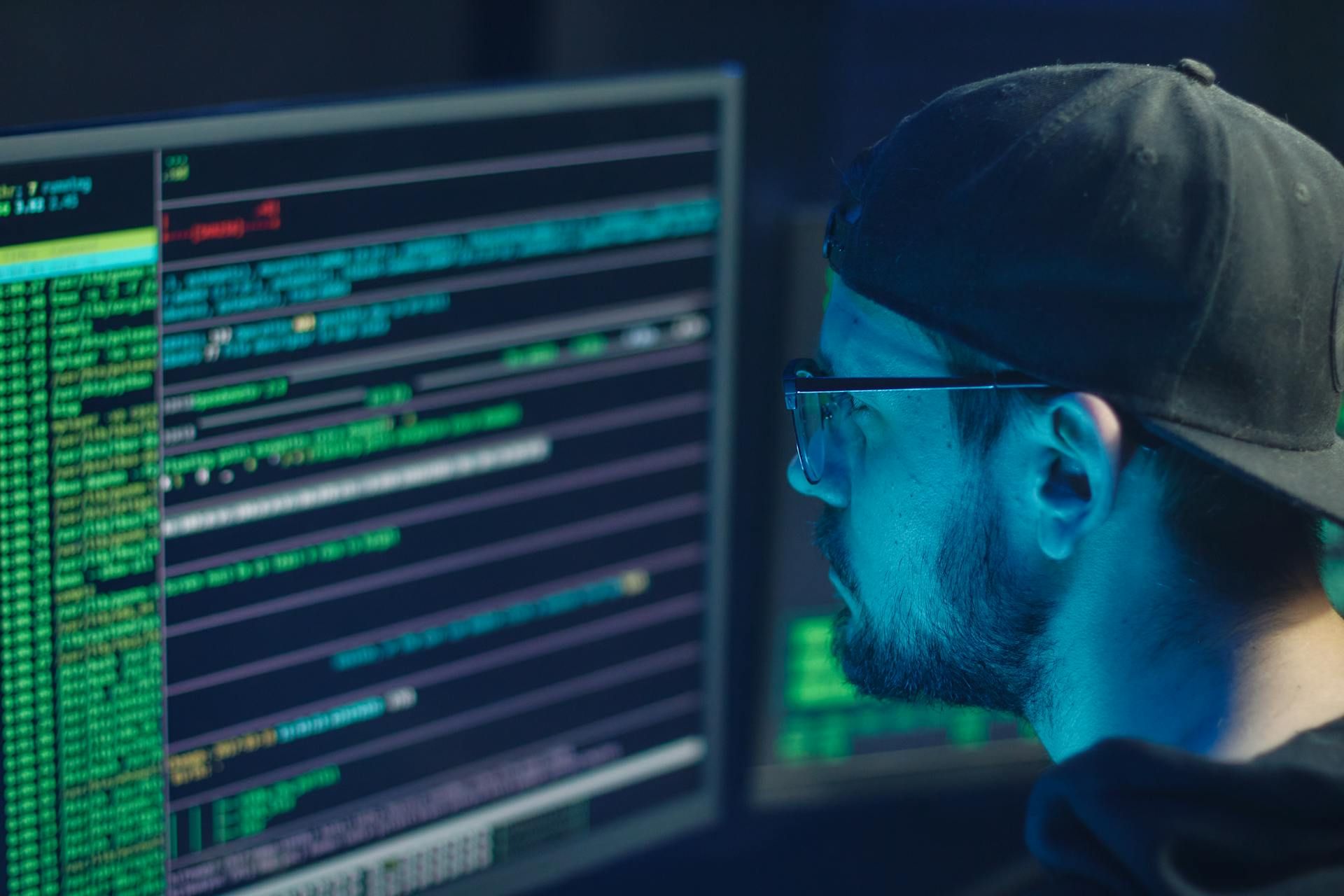
Casio Ransomware Attack: Data Exposure and Cybersecurity Implications
In the digital age, where technology is deeply intertwined with business operations, the threat of cyberattacks looms large over organizations worldwide. A stark reminder of this vulnerability came in the form of a ransomware attack on Casio, a renowned electronics company, on October 5, 2024. This attack, orchestrated by the Underground ransomware group, exploited phishing tactics to infiltrate Casio’s IT infrastructure, leading to significant operational disruptions and the exposure of sensitive data belonging to approximately 8,500 individuals. The breach not only highlighted deficiencies in Casio’s cybersecurity measures but also underscored the growing sophistication of cybercriminals who leverage advanced techniques to bypass existing defenses (BleepingComputer; SecurityOnline).
The attack’s ramifications were profound, affecting Casio’s employees, business partners, and customers, and exposing the company to potential legal and financial liabilities. Despite the attackers’ demands, Casio refused to pay the ransom, choosing instead to focus on mitigating the breach and strengthening its cybersecurity posture. This incident serves as a critical case study in understanding the implications of ransomware attacks and the importance of robust cybersecurity strategies in safeguarding sensitive information (TechRadar; Halcyon.ai).
Details of the Ransomware Attack
Timeline of the Attack
The ransomware attack on Casio occurred on October 5, 2024, when threat actors successfully infiltrated the company’s IT infrastructure. The attack was identified as originating from the Underground ransomware group, which employed phishing tactics to gain unauthorized access to Casio’s systems. Following the breach, the attackers caused significant disruptions to the company’s network, rendering several systems inoperable. By October 10, 2024, the Underground group publicly claimed responsibility for the attack and threatened to release sensitive data unless a ransom was paid. Casio officially disclosed the incident shortly afterward, confirming the data breach and its implications. (BleepingComputer)
Methods of Breach
The attackers primarily used phishing emails to compromise Casio’s network. Despite the company having measures in place to counter phishing attempts, the sophistication of the attack allowed the threat actors to bypass these defenses. Once inside the network, the attackers exploited vulnerabilities in Casio’s global network security system, which had been identified as deficient during the company’s post-incident investigation. These vulnerabilities enabled the ransomware group to access and exfiltrate sensitive data, including internal documents and personal information. (SecurityOnline)
Data Compromised
The ransomware attack resulted in the exposure of personal and business data belonging to approximately 8,500 individuals. The affected individuals included Casio employees, business partners, and a smaller subset of customers. Among the leaked data were delivery addresses, names, and telephone numbers of 91 Casio customers, as well as sensitive internal company documents. The compromised data also included financial records, project information, and confidential employee data. Casio confirmed that no payment was made to the attackers, despite their demands. (TechRadar)
Impact on Operations
The attack caused a temporary IT outage that disrupted Casio’s operations. Several systems were rendered unusable, leading to delays in business processes and service delivery. The company had to engage external cybersecurity specialists to assist in restoring its systems and investigating the breach. The operational impact extended to Casio’s global network, highlighting the need for stronger cybersecurity measures across its infrastructure. (CybersecurityNews)
Attribution to the Underground Ransomware Group
The Underground ransomware group was identified as the entity behind the attack. This group is known for targeting organizations with sophisticated phishing campaigns and exploiting vulnerabilities in their IT systems. In this case, the group leveraged phishing emails to gain initial access and then escalated their attack to compromise Casio’s servers. The group threatened to disclose stolen data unless a ransom was paid, a common tactic used to pressure victims into compliance. However, Casio refused to meet their demands, opting instead to focus on mitigating the breach and strengthening its cybersecurity defenses. (Halcyon.ai)
Post-Attack Investigation and Findings
Following the attack, Casio conducted a comprehensive investigation with the help of external cybersecurity experts. The investigation revealed several deficiencies in Casio’s cybersecurity measures, particularly in its defenses against phishing and its global network security infrastructure. The company acknowledged that these weaknesses had been exploited by the attackers, leading to the data breach. Casio has since committed to improving its cybersecurity posture by implementing stronger defenses and conducting regular security audits. (SecurityOnline)
Legal and Financial Implications
The ransomware attack has exposed Casio to potential legal and financial liabilities. The breach of personal data has raised concerns about compliance with data protection regulations, such as the General Data Protection Regulation (GDPR) and other regional laws. Additionally, the company faces the risk of class-action lawsuits from affected individuals, which could result in significant financial penalties. The incident also underscores the growing trend of ransomware-related lawsuits, which have become increasingly common in recent years. (Halcyon.ai)
Lessons Learned and Future Measures
The Casio ransomware attack highlights the importance of robust cybersecurity measures in preventing similar incidents. Key lessons include the need for:
- Enhanced Phishing Defenses: Strengthening email security protocols and providing regular training to employees on recognizing phishing attempts.
- Regular Security Audits: Conducting periodic assessments of IT infrastructure to identify and address vulnerabilities.
- Incident Response Planning: Developing and testing comprehensive incident response plans to minimize the impact of future attacks.
- Data Encryption: Implementing advanced encryption methods to protect sensitive data, even if it is exfiltrated by attackers.
Casio has pledged to adopt these measures and work closely with cybersecurity experts to bolster its defenses. (Digit.FYI)
Casio’s Response to the Attack
Immediate Actions Taken by Casio
Upon detecting the ransomware attack on October 5, 2024, Casio promptly initiated several immediate measures to mitigate the damage and secure its systems. The company reported the incident to relevant authorities, including Japan’s Personal Information Protection Commission and law enforcement agencies, to ensure compliance with local regulations and to aid in the investigation. Casio also engaged external cybersecurity experts to conduct a thorough analysis of the breach, aiming to identify vulnerabilities exploited during the attack and prevent further intrusions. These steps were critical in containing the attack and initiating recovery efforts. (TechCrunch).
Additionally, Casio implemented measures to restrict external access to its systems. This included isolating affected networks and shutting down compromised systems to prevent the ransomware from spreading further. The company also began notifying affected individuals and business partners about the breach, providing them with guidance on how to protect themselves from potential phishing attempts or identity theft. (CyberSecurityNews).
Communication with Stakeholders
Casio adopted a transparent approach to communication by issuing multiple public statements regarding the ransomware attack. The company acknowledged the breach and provided updates on the investigation’s progress, ensuring stakeholders were kept informed. In its initial statement, Casio confirmed that sensitive data, including personal and confidential information, had been compromised. The company later clarified that customer payment data, such as credit card information, was not affected, as this information is not stored on its systems. (TechMonitor).
Casio also used its official website and dedicated communication channels to reach out to affected individuals. This included providing support and advice on how to handle potential risks arising from the leaked data. The company urged the public to refrain from sharing leaked information online, highlighting the potential harm to affected individuals and the legal implications of such actions. (TechMonitor).
Investigation and Forensic Analysis
Casio’s response included a comprehensive forensic investigation to determine the full extent of the breach. External cybersecurity experts were brought in to assist in analyzing the attack’s origin, methods, and impact. Preliminary findings revealed that the attackers had used phishing tactics to infiltrate Casio’s network, leading to the compromise of sensitive data belonging to employees, contractors, business partners, and job applicants. The stolen data included names, personnel numbers, email addresses, departmental affiliations, dates of birth, and tax numbers. (IT-Daily).
The investigation also identified that over 8,500 individuals were directly affected by the breach. Casio confirmed that the attackers, identified as the Underground ransomware group, had leaked samples of the stolen data on their dark web extortion portal. This included confidential documents, payroll information, and financial records. However, Casio stated that it had not received a ransom demand from the attackers, suggesting limited communication between the company and the ransomware group. (BleepingComputer).
Strengthening Cybersecurity Measures
In response to the attack, Casio announced plans to enhance its cybersecurity infrastructure to prevent future incidents. These measures included reviewing operational management practices, implementing advanced technical safeguards, and conducting regular security audits. Casio also committed to strengthening employee training on cybersecurity awareness, focusing on identifying and avoiding phishing attempts, which were used as the initial attack vector in this case. (CyberSecurityNews).
Furthermore, Casio assured users that its service systems, such as CASIO ID and ClassPad.net, were not affected by the ransomware attack, as they are hosted on separate infrastructure. The company emphasized that these systems remain secure and operational. However, Casio acknowledged that some internal systems were still undergoing restoration and that the full recovery process could take additional time. (TechCrunch).
Collaboration with Authorities and Cybersecurity Experts
Casio worked closely with law enforcement agencies and cybersecurity experts throughout its response to the ransomware attack. This collaboration aimed to identify the perpetrators, assess the stolen data’s scope, and develop strategies to mitigate the breach’s impact. Casio also coordinated with regulatory bodies, such as Japan’s Personal Information Protection Commission, to ensure compliance with data protection laws and to address any legal implications arising from the breach. (TechMonitor).
The company expressed its commitment to rectifying the situation and safeguarding customer data moving forward. Casio announced plans to implement comprehensive security enhancements, including adopting advanced threat detection systems and improving incident response protocols. These efforts aim to bolster the company’s resilience against future cyberattacks and rebuild stakeholder trust. (CyberSecurityNews).
Conclusion
The ransomware attack on Casio serves as a cautionary tale for organizations worldwide, emphasizing the critical need for comprehensive cybersecurity measures. The incident exposed significant vulnerabilities within Casio’s IT infrastructure, which were exploited by the Underground ransomware group through sophisticated phishing tactics. Despite the immediate operational disruptions and the exposure of sensitive data, Casio’s refusal to comply with ransom demands highlights a growing trend among organizations to resist capitulating to cybercriminals, focusing instead on recovery and strengthening defenses (CybersecurityNews; Digit.FYI).
In the aftermath, Casio’s commitment to enhancing its cybersecurity framework, including improved phishing defenses, regular security audits, and comprehensive incident response planning, reflects a proactive approach to mitigating future risks. The collaboration with law enforcement and cybersecurity experts further underscores the importance of a coordinated response to cyber threats. As organizations continue to navigate the complexities of the digital landscape, the lessons learned from Casio’s experience underscore the imperative of vigilance, preparedness, and resilience in the face of evolving cyber threats (TechCrunch; TechMonitor).
References
- BleepingComputer, 2024, Casio says data of 8,500 people exposed in October ransomware attack
- SecurityOnline, 2024, Casio discloses data leak following ransomware attack
- TechRadar, 2024, Casio confirms data of 8,500 people exposed in recent ransomware attack
- Halcyon.ai, 2024, Ransomware attack on Casio exposed customer and partner data
- CybersecurityNews, 2024, Casio hacked
- Digit.FYI, 2024, Casio admits security flaws were behind ransomware attack
- TechCrunch, 2024, Casio says no prospect of recovery yet after ransomware attack
- TechMonitor, 2024, Casio confirms data breach in ransomware attack, personal data stolen



